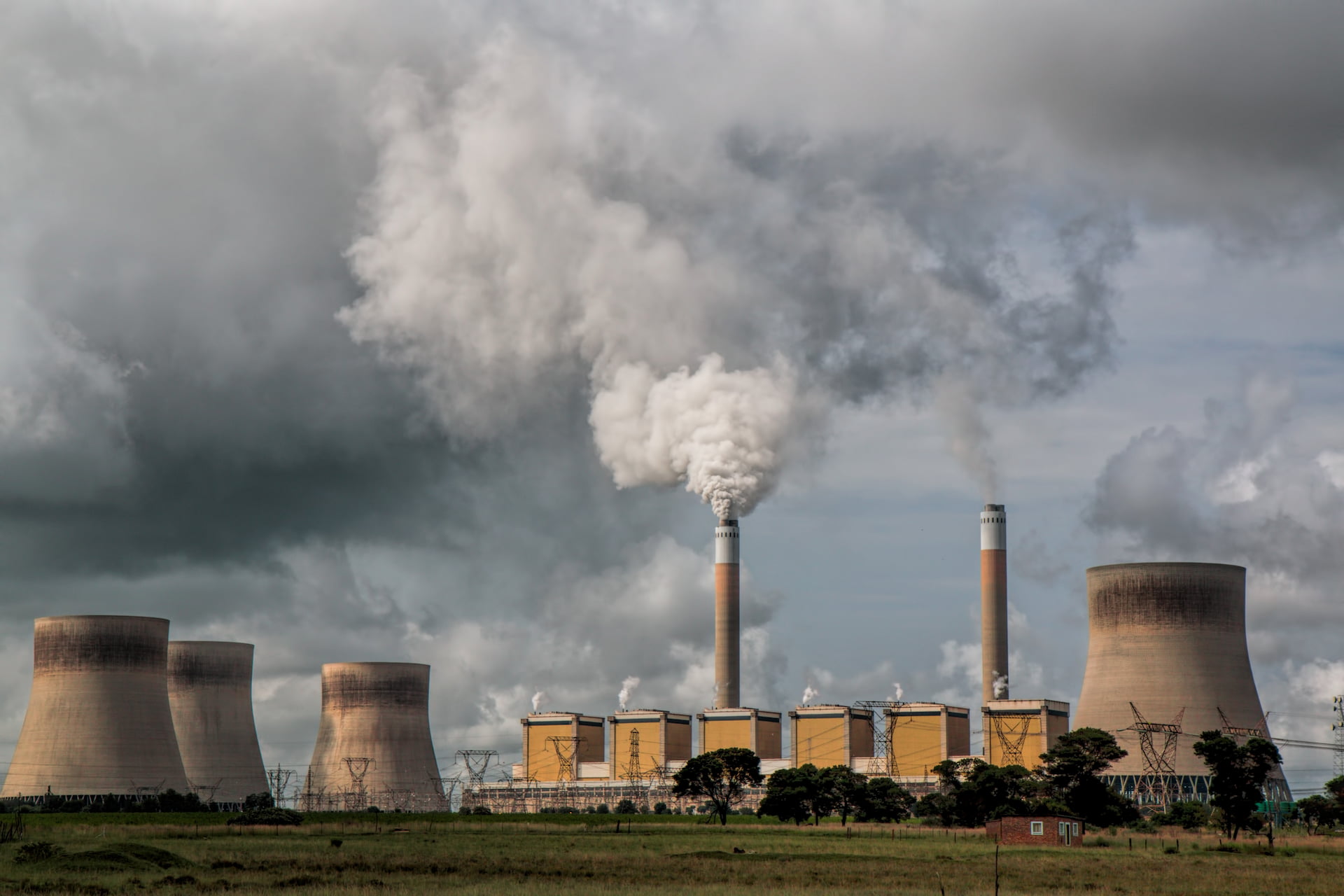Main Causes of Global Warming

Global warming is primarily caused by human activities that increase the concentration of greenhouse gases in the Earth's atmosphere. The main contributors to this phenomenon include:
Burning of Fossil Fuels: The combustion of coal, oil, and natural gas for energy production, transportation, and industrial processes releases significant amounts of carbon dioxide (CO2) into the atmosphere. CO2 is the most prevalent greenhouse gas and contributes substantially to global warming.
Deforestation: Clearing forests for agriculture, urbanization, and other purposes reduces the number of trees available to absorb CO2 through photosynthesis. This leads to increased levels of atmospheric CO2, as well as reduced carbon storage capacity.
Industrial Processes: Certain industrial activities, such as cement production and manufacturing, release greenhouse gases like CO2 and methane (CH4) directly into the atmosphere. Additionally, the use of fluorinated gases in various industrial applications contributes to global warming.
Agricultural Practices: Agricultural activities, including livestock farming and rice cultivation, produce methane and nitrous oxide (N2O), both potent greenhouse gases. Livestock digestion and manure management are significant sources of methane emissions, while nitrogen-based fertilizers contribute to N2O emissions.
Land Use Changes: Alterations in land use, such as urban expansion and changes in land management practices, can affect the balance of greenhouse gases in the atmosphere. For example, converting natural ecosystems like forests and grasslands into agricultural or urban areas can release stored carbon and reduce the Earth's capacity to absorb CO2.
These human-induced activities disrupt the natural balance of greenhouse gases, leading to an enhanced greenhouse effect and subsequent global warming. Addressing these causes requires comprehensive efforts to reduce emissions, transition to renewable energy sources, promote sustainable land management practices, and mitigate the impacts of climate change.
Thank you,